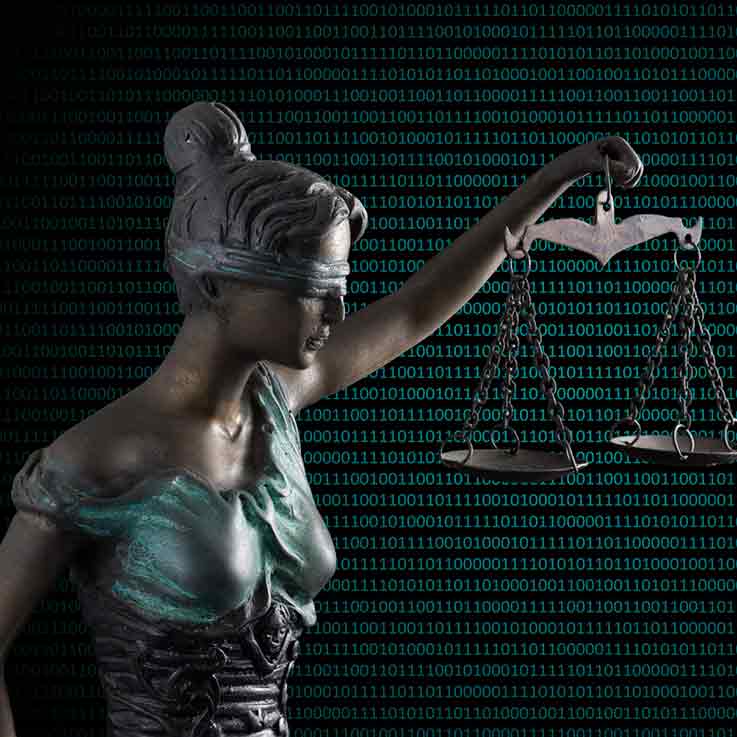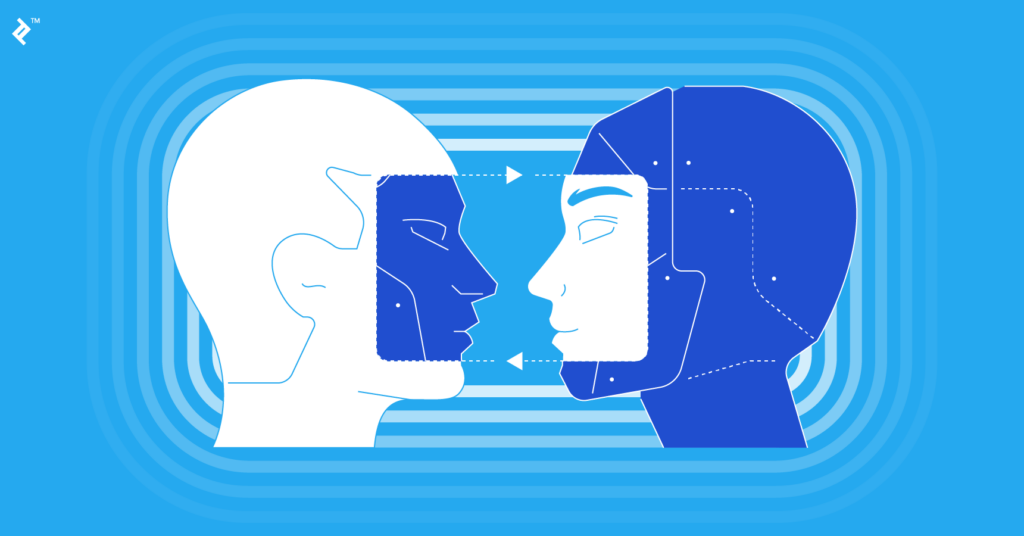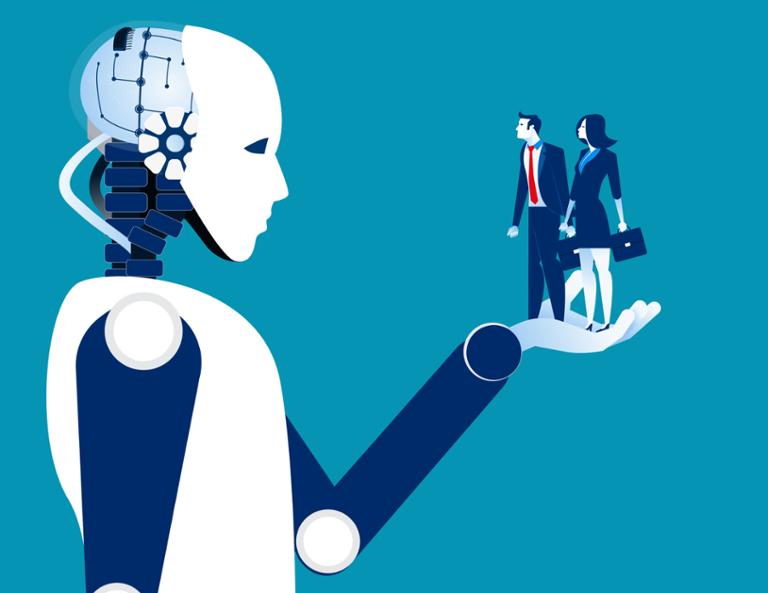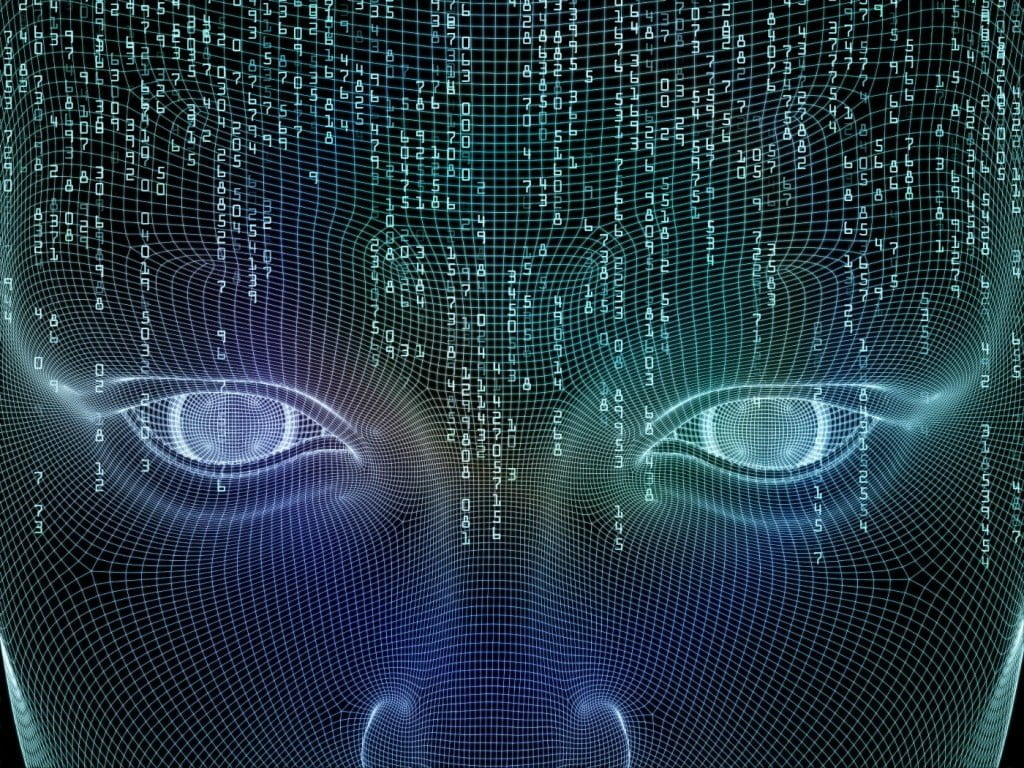Trigger Warning: This article mentions sexual assault and domestic violence
Women4Ethical AI is a platform launched by UNESCO to advance gender equality and ensure that AI systems are built and used for safe progress. Since this initiative was launched recently, the effect this platform brings, and how this would help the general public and help break discrimination within the AI industry and outside is worth witnessing in the coming days.
As artificial intelligence aka AI is growing rapidly, which also poses threats to manual labour in many dimensions, one of the key concerns is the gender bias that continues to exist even today, thereby making important decisions biased.
What is ethical AI?
“Ethical AI” refers to a set of principles that guide the development and use of artificial intelligence in ways that are fair, transparent, accountable, and beneficial to society. There are several organisations that provide resources for building fair, ethical AI.

The Recommendation on Ethics of Artificial Intelligence, which provides a global framework of guidelines for the formulation, development, and execution of ethical AI, was adopted by UNESCO in November 2021.
What do they intend to do?
According to their values and policies, biases of all kinds must be addressed and AI should identify biases and educate people on equality rather than promoting inequality.“Respect, protection and promotion of diversity and inclusiveness should be ensured throughout the life cycle of AI systems, consistent with international law, including human rights law. This may be done by promoting active participation of all individuals or groups regardless of race, colour, descent, gender, age, language, religion, political opinion, national origin, ethnic origin, social origin, economic or social condition of birth, or disability and any other grounds,” says the report.
According to Begona Lasagabaster, “1% of the applications companies receive for artificial intelligence and data science jobs are from women. 4% of all sports media content is dedicated to women’s sports, only 4%. 10% of space explorers are women, meaning, 90% are men. 20% of women journalists left the profession due to ongoing violence and threats. 22% of artificial intelligence professionals, globally, are women. 30% of those employed in the gaming industry worldwide are women, meaning, again, 70% are men. But here, we change the numbers. 60% of women and men agree (that) it’s rare to see men speak out against discrimination against women. 73% of women journalists have experienced online violence.”
Gender-based discrimination is common for ages now that we are also used to and guilty of normalising the same. But it is simply unfair and unjust and that can be a reason why these 18 women experts came together to fight against this social evil in the AI field.

Gender bias could mean two closely related issues in contemporary times: gender bias in the world we live in and gender bias in AI. According to Begona Lasagabaster, “1% of the applications companies receive for artificial intelligence and data science jobs are from women. 4% of all sports media content is dedicated to women’s sports, only 4%. 10% of space explorers are women, meaning, 90% are men. 20% of women journalists left the profession due to ongoing violence and threats. 22% of artificial intelligence professionals, globally, are women. 30% of those employed in the gaming industry worldwide are women, meaning, again, 70% are men. But here, we change the numbers. 60% of women and men agree (that) it’s rare to see men speak out against discrimination against women. 73% of women journalists have experienced online violence.”
Artificial Intelligence: Biased against sex and gender minorities
In March 2016, Microsoft launched a chatbot named Tay, which, shockingly, began learning and using sexist, misogynistic, and offensive language within 16 hours of going live. The Twitter account was soon deleted, and in December 2016, Satya Nadella said that Tay “has had a great influence on how Microsoft is approaching AI,” and has taught the company the importance of taking accountability.
In 2018, Amazon’s recruiting AI tool was revealed to be biased on gender and a few other factors. Following the launches of a few other such models by different companies, John Jersin said “I certainly would not trust any AI system today to make a hiring decision on its own. The technology is just not ready yet.” In 2019, Google was criticised for its image search being heavily biased based on sex.
In 2018, Amazon’s recruiting AI tool was revealed to be biased on gender and a few other factors. Following the launches of a few other such models by different companies, John Jersin said “I certainly would not trust any AI system today to make a hiring decision on its own. The technology is just not ready yet.” In 2019, Google was criticised for its image search being heavily biased based on sex.

While gender bias could be a problem anywhere, it is sad but not surprising that AI itself can be biased, too. Also, gender-based discrimination is not the only form of bias you can find in machine learning and deep learning models that have been built. There are several forms of discrimination that you can find AI agents and tools displaying, like racial bias, bias against minorities, and such.
Biased AI, like biased people in power, discriminating people who have millions or billions of followers and fans, and toxic media, can and would continue to normalise, justify, and fuel discrimination in the minds of people, which would lead to a more unjust world.
Most of the ML and DL models that are popular and frequently used are built by humans. The data used to train these models is provided by humans, which reflects either the conscious and/or the subconscious bias we humans have and also the patriarchal society that we’re living in. When trained with heavily biased data, which is either ignored or not even noticed by people who build these models, it results in artificial intelligence-based agents being biased and welcoming bias.
Also Read: Artificial Intelligence And Human Reproduction: Redefining Gender Roles And Parenting Stereotypes
Biased AI, like biased people in power, discriminating people who have millions or billions of followers and fans, and toxic media, can and would continue to normalise, justify, and fuel discrimination in the minds of people, which would lead to a more unjust world.

Young children, who grow up witnessing discrimination everywhere would turn out to be adults who accept and promote bias. In fact, this is one of the key reasons that women in conservative, patriarchal societies continue to abide by patriarchal norms and can even be victims of internalised misogyny themselves. This problem passes on from generation to generation, starts from home and elementary school (if they get to go to school), and continues well into adulthood, in marriage, parenting, and in the workplace.
Regarding the online world, a study by MIT has shown that false news travels faster than true stories on Twitter, and as shocking as it is, many of us have been witnesses to such events ourselves. In extreme cases, these differences and hate lead to serious crimes like sexual assault, domestic violence, and murder. That is why it is important that gender discrimination be erased from the minds of people across different cultures and in technology such as AI and social media.
Also Read: How Unbiased Is Artificial Intelligence?
These problems should be addressed across industries, and in different parts of society, considering the many different problem areas and by assessing carefully the various factors and possible solutions. This is a promising initiative by UNESCO, where the platform is led by highly accomplished women working for a common cause, committed to getting rid of bias and building fair AI systems.
About the author(s)
Lakshmi Prakash is a data scientist. She sees practicing equality, humanity, and science as the only possible path to a progressive future and holds that the absence of any one of these will negate any growth in other areas. Her hobbies include reading fiction and non-fiction, learning something new, brisk-walking, cycling, and writing a chapter only to forget where she saved it.




